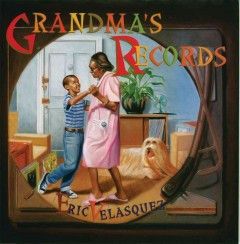
The Book
In Grandma’s Records by Eric Velasquez, the author/illustrator shares the bond he and his grandmother had through an autobiographical memoir. Much of this bond is attributed to the music experiences he has as a result of spending summers with his grandmother in Spanish Harlem. Just as she shared her jazz memories and passions with her grandson, Eric who uses this book as a vehicle to share his and her memories with us, his readers.
My Backstory Connection
Reading Grandma’s Records inspired me to reflect on my first connections with music, especially jazz. Upon reflection, I realize that music been a part of my life for as long as I remember. I grew up listening to gospel, R&B, blues, jazz, pop, classical, salsa, and country.
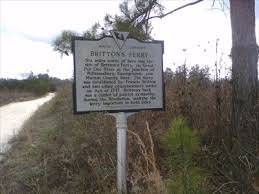
Like the author, I spent the summers with my grandparents on their farm, while my parents worked. My maternal grandparents lived in Brittons Necks, South Carolina while my parents worked in Boston, Massachusetts.

After working in tobacco from dawn to dusk, Mondays through Friday and often on weekends, my grandfather relaxed in his arm chair while my cousin, Tony, and I relaxed on the sofa. My grandmother was usually busy in the kitchen during these musical moments. Truth be told, I never really saw her relax. My grandparents did not have a record player nor a television, so before or after my grandfather listened to the news broadcasts on the radio, we treated ourselves to the radio’s country, jazz and gospel music. I loved those times, especially when a song I had not heard before blasted from the radio. Through these experiences, I came to love not only jazz and gospel, but also country. As a matter of fact, I am still prone to blast out lyrics of Johnny Cash’s Hey, Good Lookin’, especially the first two stanzas as well as some of my more current favorite country authors.
But let’s get back on the topic of jazz. When it comes to jazz, my first memories are of Etta James, Ella Fitgerald, Nancy Wilson, Nat King Cole, Count Basie, Duke Ellington and Louis Armstrong. I first connected to jazz by hearing it playing in my home and the homes of my relatives. It was a treat to watch my mom or Aunt Rella (short for Cinderella), like Eric’s grandmother, put a 45 (record) or LP (album) on the turntable and go about completing household chores while humming. I would sing the words I knew, hum others and dance around as the instruments and vocalists took me away from reality. In case you are curious, my mom still has some of the 45
Wynton Marsalis
Jazz music is America’s past and its potential, summed up and sanctified and accessible to anybody who learns to listen to, feel, and understand it. The music can connect us to our earlier selves and to our better selves-to-come. It can remind us of where we fit on the time line of human achievement, an ultimate value of art.
In addition to the aforementioned memories of musicians, I, like the author, share memories of Latin Jazz. No, I have not lived in Harlem or even New York to be honest. I grew up in Boston, but lived in a largely Puerto Rican populated neighborhood during my junior high and high school years. Latin jazz, salsa and merengue were joyously played throughout the homes and streets. It was common to hear the music of Arturo Sandoval, Chick Corea, Tito Puente, Ruben Blades, Celia Cruz and others whose names I know and those that I will never know, blast throughout the neighborhood in the bodegas, hair salons, houses, park and other private and public places. Music could be heard as we sat, walked, slept and as people partied. It was an infectious time.
Still Connecting to the Book
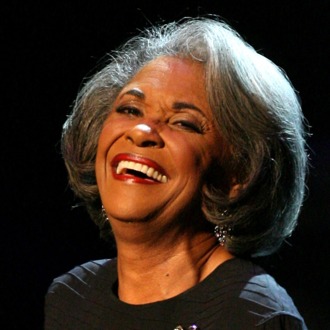
In Grandma’s Records, Eric’s grandmother had the opportunity to meet the musicians who played her favorite songs, the musicians who were the heart of so many of her memories of her homeland, Puerto Rico. As far as I know, neither my mom nor Aunt Rella personally met the musicians who were important pillars in their lives. However, years ago, my mom had the opportunity to attend a concert where one of the musician’s from our past performed. A friend of my husband, gave my husband, mom and I complimentary tickets to attend Nancy Wilson’s concert at the Fox Theater in Atlanta, Georgia. For those who know about Nancy Wilson, she didn’t like to be called a jazz singer or musician; she preferred to be called a music stylist. Regardless, we enjoyed the concert full of her many styles of songs. It was my mom’s first concert, and as far as I know her only concert. I get goosebumps thinking about the experience of attending Nancy’s live concert with my mom. Needless to say, my mom probably never thought that she would get to personally attend the concert of someone whose vinyls she had listened and hummed to for decades. That memory will always be a special for us; after all, my mom was among the first people to introduce me to jazz.
Engagements
- Share examples of old records to kids and share one of the ways people listened to music before there were CDs. If possible, play a record for the students.
- Play some Latin jazz (Don’t worry if you don’t have any, public libraries are great resources for locating resources. Go online and you can put a hold on them in advance.)
- Brainstorm with students what they like to do with their grandparents or aunts and uncles. Through the brainstorming, students will foster appreciation of their own life stories.
- Have students come up with descriptive words to describe various pictures of grandparents or a page in the book.
- Have students bring in pictures of a grandparent. It could be one in a newspaper, magazine or their own. Compare and contrast grandparents. Talk about stereotypes. I always like to have old magazines and catalogs available for those who either don’t have the resources or who forgot. I also brought in pictures on non-traditional grandparents (i.e.: Tina Turner, CeeLo Green, Kid Rock, Jim Carrey, Chris Jenner, Whoopi Goldberg, Tom Hanks)
- Use Jennie McDonald’s interview with Eric Velasquez to engage students. Let them work in collaborative groups to answer and ask questions. You can make a game out of the interview, asking questions like “who encouraged your drawing?” “What was your first language” “What kind of art supplies did you have?
- Utilize whatever you are working on (i.e: nouns, descriptive adjectives, Proper nouns, Spanish phrases to conduct a literary scavenger hunt.
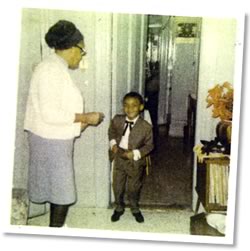
Connections
- Use the picture of Grandma teaching Eric how to dance to inspire students to write a memoir of something a grandparent or older adult taught them to do or make.
- Play some jazz and ask students to design, draw, and decorate their own record cover.
- Provide an opportunity for students to learn Latin (salsa, merengue, cumbia) dances. Invite a parent, dance teacher, or other volunteer to show kids how to dance the dances. I invited an instructor from a local dance studio/school. These high school students later performed the dances at an elementary school as part of a presentation. Two of the standards covered were related to retelling a story and creating an instructional lesson.
- Invite local dancers to perform for the class/school and teach a few Latin dance steps. I invited a group I had met in Florida if they would be interested in sharing their skills and knowledge with some Georgia elementary, middle and high school students and if they were to let me know when they would be in or passing through Georgia. They did.
- Be creative and have students create and/or use percussion instruments (their desks, hands, available items, or musical instruments) to create their own beats and rhythms.
- Ask the children or parents of your students who play musical instruments to play for your group. If there is a local jazz band or a high school jazz band, invite them to play for your students.
- Ask students to write a memoir by asking “Describe a (positive) moment you had with a grandparent, aunt, uncle, guardian, teacher, adult.”
- Have students illustrate something they have written or something you have read/shared with them. It could even be a math word problem.
- Build visual literacy skills by looking at the illustrations and analyzing the images, emotions, relationships, etc.
- Students can engage in an oral history interview project. Upon completing the interview students can share what they learned with their families through posters, brochures, presentations, exhibits, videos, scrapbooks, etc. For students who don’t have access to older people in their family or community, pair them up with people you know, residents at a Retirement home or a senior activity center. If these plans fall through, have them collaborate with another student.
- The song that was the Grandma’s favorite was “En mi Viejo San Juan”. The lyrics are included on the penultimate page. It is considered a national anthem by many Puerto Ricans, especially those who live far away from their Puerto Rico. You can share our National anthem to “En mi Viejo San Juan”. There are many versions of the song that students can compare and contrast, especially if you use the YouTube visual modern version of Javier Solis’
(https://www.youtube.com/watch?v=A-d-LfhN1hk)
with Daniel Santos’ 1920’s version (https://www.youtube.com/watch?v=I6TO6kemVUA). - You may want to use a Venn Diagram to have kids compare and contrast. I like to use the hula hoops as the diagram and have the students physically place the written words (that you or they write) and/or pictures where they need to go. This allows for auditory, visual, tactual and kinesthetic involvement.
- You can also graph the preferences. In addition to recording and posting where all can see, I love human body graphs where students line up based on their choices. If you do, I recommend you do so without showing the video (modern and in color might cloud the preferences) until votes have been collected and recorded,
- In the book, Grandma not only meets the members of her favorite jazz band, but also is provided an opportunity to attend their concert. Research Ismael Rivera at https://en.wikipedia.org/wiki/Ismael_Rivera You will also find an external audio YouTube link on this page, as well as his picture and/or Rafael Cortijo at https://en.wikipedia.org/wiki/Rafael_Cortijo
Resources
- Eric Velasquez Bio: http://www.ericvelasquez.com/bio/
- Summary of Grandma’s Records (with actual picture of Eric and Grandma dancing: http://www.ericvelasquez.com/books/grandmasrecords.html
- Information on requesting Eric for school visits:
http://www.ericvelasquez.com/schoolvisits/ - A Teacher’s Guide to teaching Grandma’s Records:
http://www.ericvelasquez.com/pdf/TeachingGR-GG.pdf - TeachersPayTeachers Resources:
https://www.teacherspayteachers.com/Browse/Search:grandmas%20records - Grammar Worksheets (for the traditionalists):
https://teachers.bluevalleyk12.org/Page/1689 - Ismael Rivera: https://en.wikipedia.org/wiki/Ismael_Rivera You will also find an external audio YouTube link on this page, as well as his picture
- Rafael Cortijo: https://en.wikipedia.org/wiki/Rafael_Cortijo
- YouTube Video of “En mi Viejo San Juan” sung by Daniel Santos’ The video/pictures are in black and white and portray San Juan in the 1920’s.(https://www.youtube.com/watch?v=I6TO6kemVUA).
- YouTube Video of “En mi Viejo San Juan” sung by Javier Solis’. The video/pictures are in color and portray a modern San Juan:
(https://www.youtube.com/watch?v=A-d-LfhN1hk)
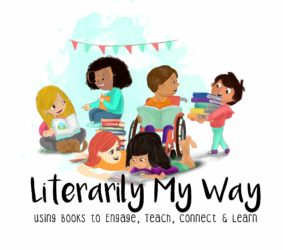
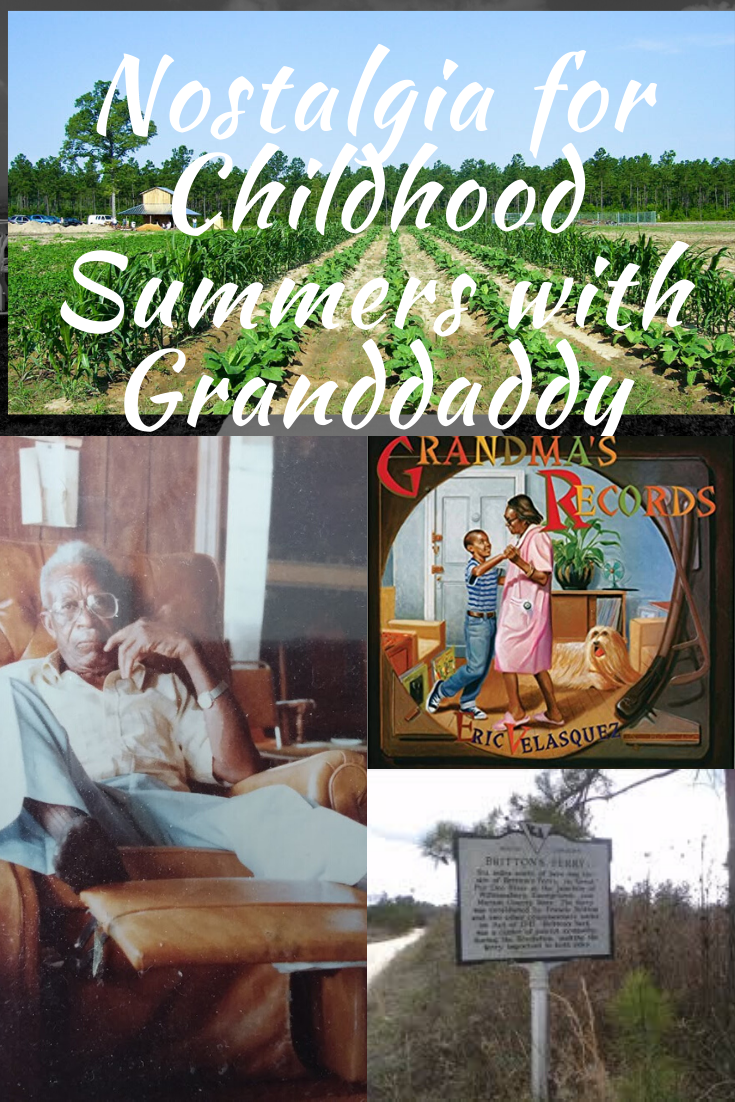
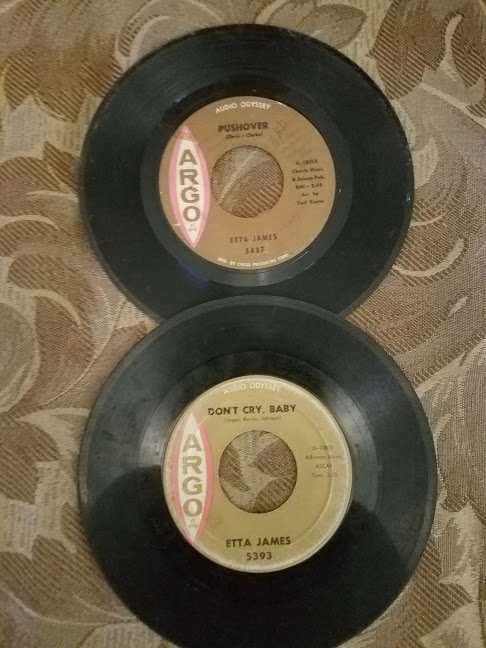

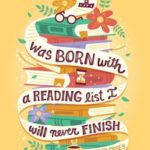
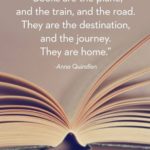

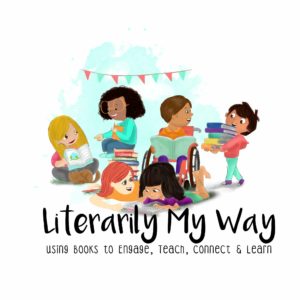
I love this forum! The information is so valuable for everyone especially those who educate. Thanks Jean for sharing your gift!
Thank you for checking it out. Glad you enjoyed it. Let me know if you read any of the others. Your thoughts and feedforward are important to me. Thank you for the support and kind comments. The link on top of the page titled, “Literarily About Me” is the All About Me page. I haven’t figured out to make it more prominent. Still learning WordPress :-).
Like!! Really appreciate you sharing this blog post.Really thank you! Keep writing.
Thank you.